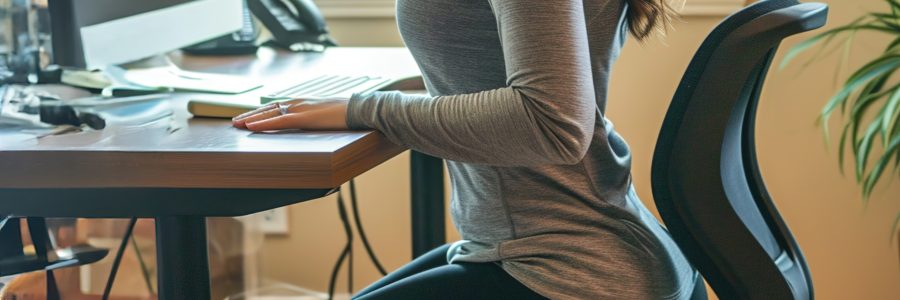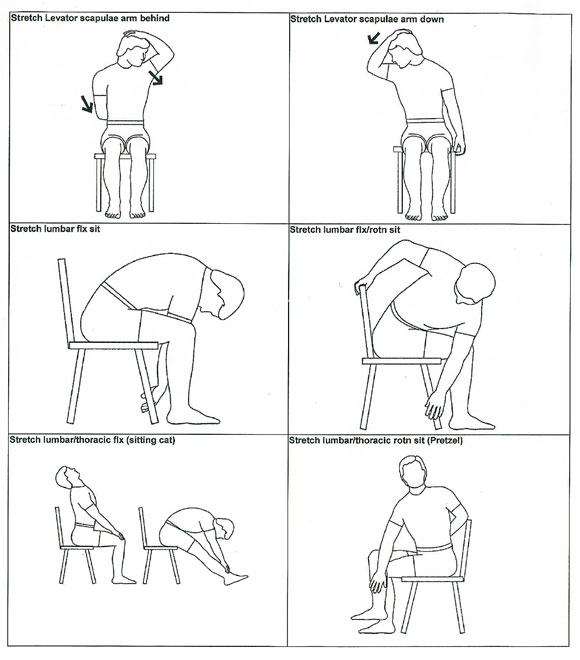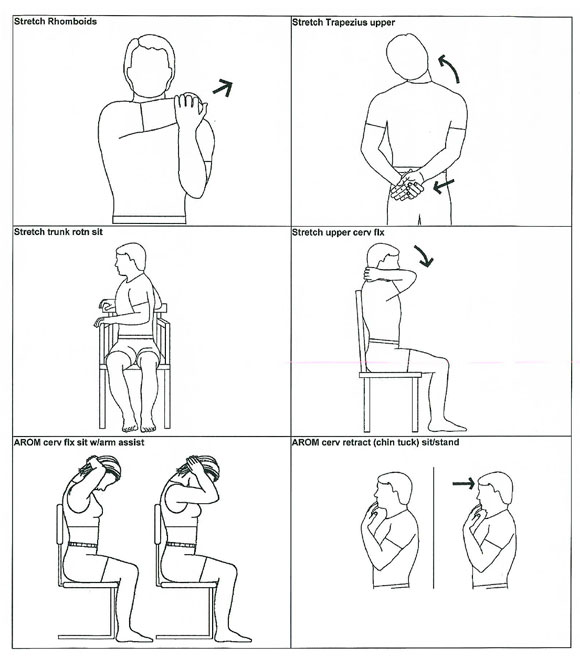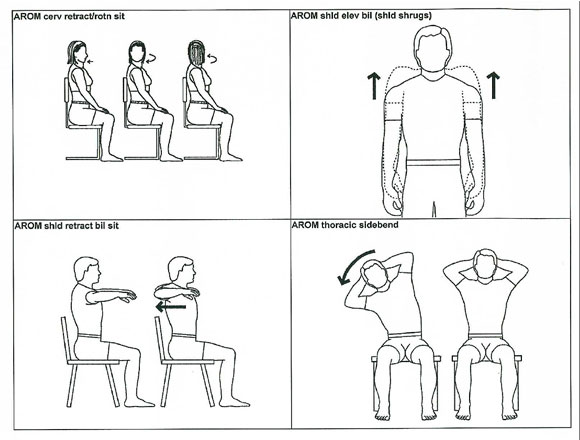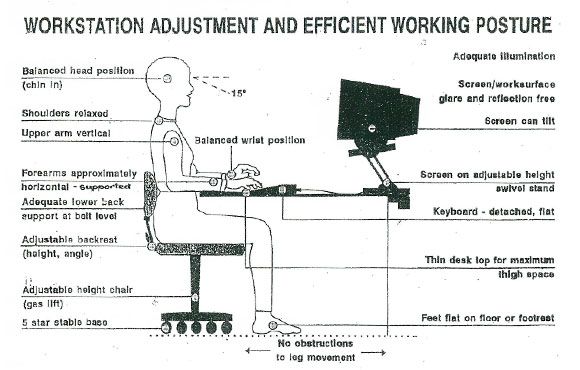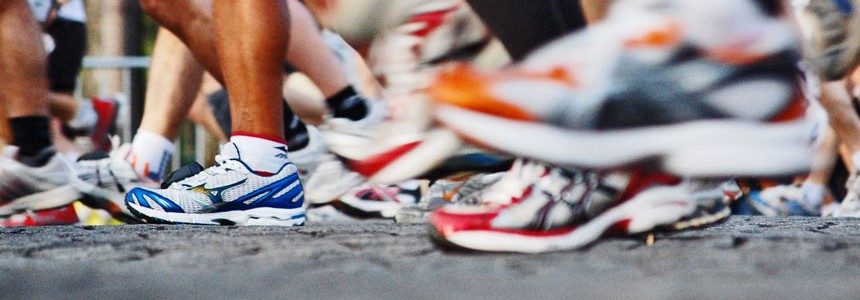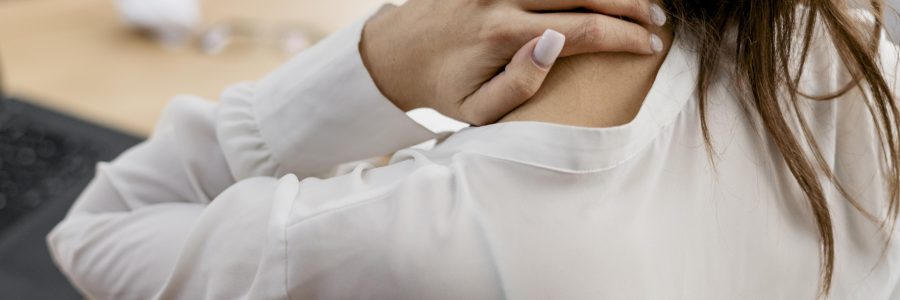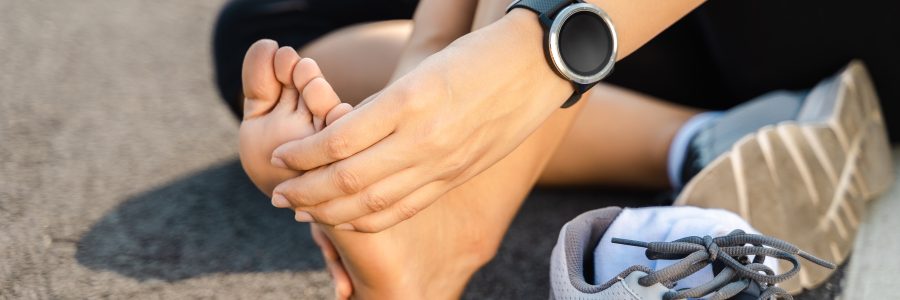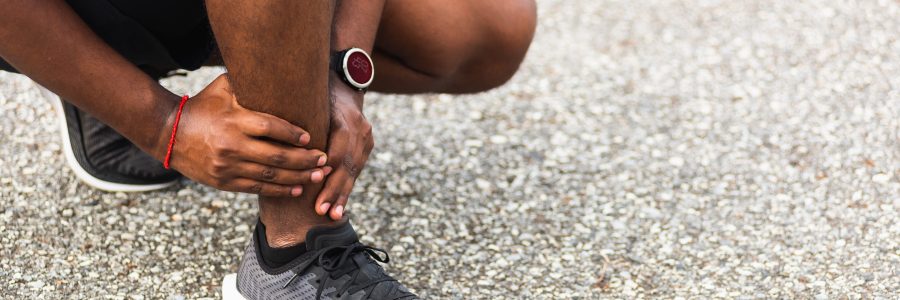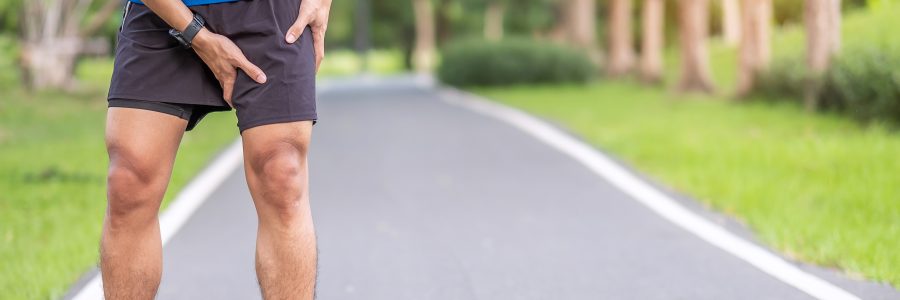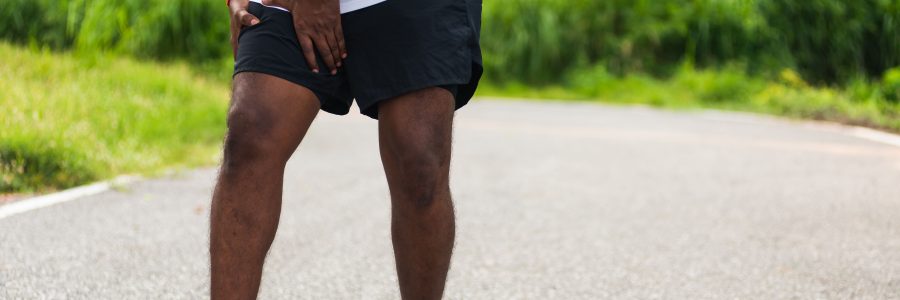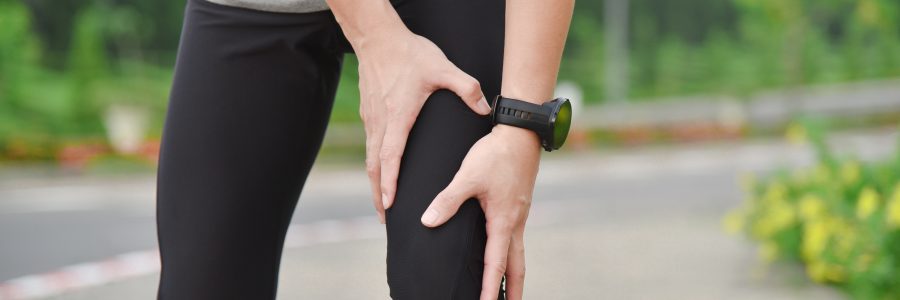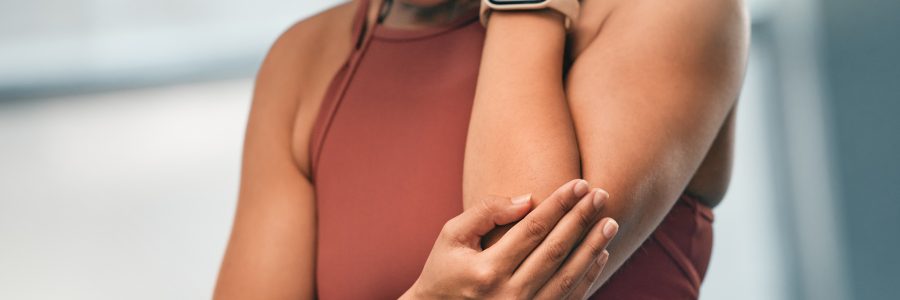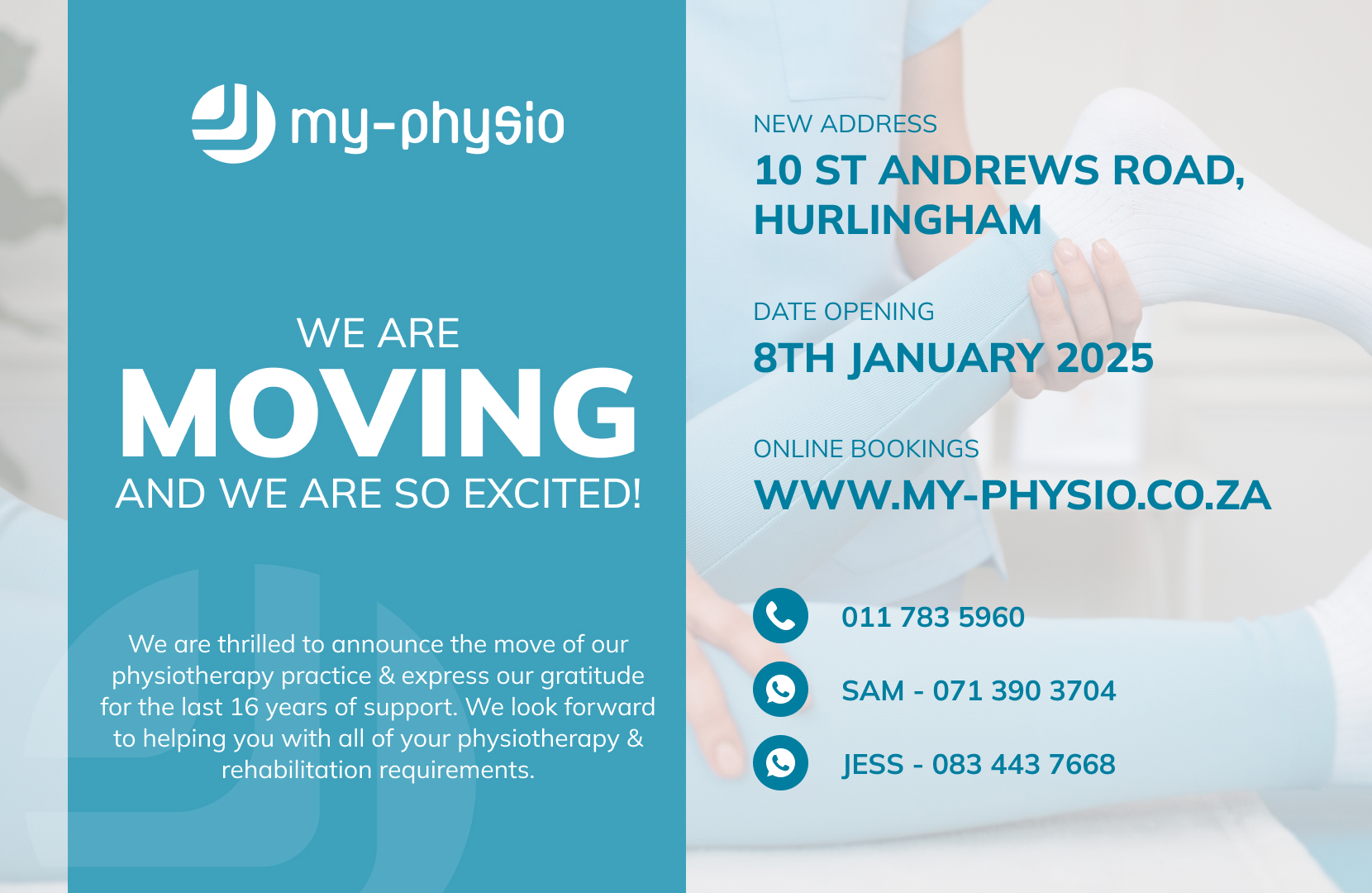Jaw (Temperomandibular Joint) Physiotherapy
Jaw disorders (also known at temperomanidubluar joint problems) are very common and can cause a lot of pain and discomfort as well as affect your activities of daily living. This can be caused by stress, clenching your teeth, operative procedures, anxiety and dental malalignment problems. We offer specialised physiotherapy to the jaw at Samantha Timcke Physiotherapy and treat conditions such as :
- Locking/clicking jaw
- Painful jaw
- Difficulty opening your mouth
- Post-operative jaw/dental procedures
- Clenching teeth/bruxism/stress related injury to the TMJ
- Trauma/fracture to the TMJ
- Tension headaches
Physiotherapy for the above conditions helps to regain opening of the mouth if limited, reduce pain in the jaw/facial region, and restore function of the mouth as well as the anterior head and neck. The jaw is a complex joint and is very closely related to the neck and head and so we work holistically to treat all aspects of the upper body that may be aggravating the problem. We also work closely with dentists and maxilla-fascial surgeons to ensure that you can be referred on to other health professionals if necessary.
Samantha Timcke has done many post graduate courses including Temperomandibular Joint Disorders, The Anterior Head and Neck as well as the The Upper Quarter course and she is now involved in teaching other health professionals about jaw physiotherapy.. She has many years of experience working together with a dentist with whom she shares her rooms (www.my-dentist.co.za).
Call us on 011 783 5960 / 8984
53a Edward Rubensten Drive, Sandown, Ext. 24


